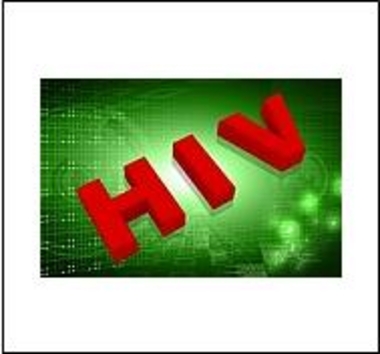The evolution of HIV therapies

by Mary Turner
HIV/AIDS Columnist
Thirty-five years ago, a new virus came to town, and it never went away. It showed up uninvited like some alien force in a science fiction movie and completely took over its host’s body. The progression was painfully fast and turned once vibrant, healthy people into wasted shells of their former selves.
The virus seemed to only target gay men, so most important people in positions to care, didn’t. Then, people outside of the gay community began to test positive for HIV. Heterosexuals began to get sick and die. Babies born to infected mothers became ill and died. People who needed blood transfusions or treatments for blood clotting disorders also became ill. Important people in positions to care suddenly did, sort of.
What has followed in these three and a half decades is a world-wide pandemic that has wreaked havoc on economies and laid waste to millions of lives. Slowly, though, attitudes began to change and HIV gradually stopped being about men who ‘deserved to be infected’ because of their ‘sinful lifestyles’ and became about people.
Today, being HIV+ doesn’t equate to being a pariah and it doesn’t mean a death sentence. Although there isn’t yet a vaccine to prevent the virus (recent reports that one is in trials is promising) and no cure (again, there are possibilities on the horizon), modern treatment regimens have made it more likely that people can live long, productive lives in spite of the virus.
The U. S. National Library of Medicine lists five major types of medicine used to treat HIV infection. Nucleoside reverse transcriptase (RT) inhibitors interfere with a critical step during the HIV life cycle and keep the virus from making copies of itself. This is the oldest group of drugs used to treat HIV infection and they are still an important weapon against the virus today.
Protease inhibitors interfere with a protein that HIV uses to make infectious viral particles. Proteins are the building blocks of life, and without this protein, HIV can’t reproduce itself correctly and spread itself throughout the body as easily. Fusion inhibitors block the virus from entering the host’s cells. If the virus can’t enter a cell, its life cycle stops and it cannot replicate itself. Integrase inhibitors block an enzyme that HIV needs to make copies of itself.
Multidrug combinations combine drugs from two or more of these categories into one drug. While these drugs can certainly keep the virus at bay within a person’s body, it is important to remember that the virus still resides there and will take the opportunity to enter the cells and reproduce itself if the drug regimen is not followed closely. It also can still be passed on to others if the person has unprotected sex or shares body fluids with other people.
These therapies are not without a dark side. Depending on the drug therapy, the person may experience serious side effects. The most common include nausea, vomiting, and diarrhea, fat loss in the face and extremities, rashes, muscle aches, vivid dreams and difficulty sleeping, and depression. Keep in mind that drugs often do not play well together with other drugs, and sometimes with foods and over the counter supplements.
Some people find that alternative therapies are helpful for them, but you should always be honest about everything that you are taking to minimize the likelihood that you will have an adverse reaction. Alternative therapies are designed to be gentle and to enhance the spiritual, mental, and physical well-being of the person using them. Even so, not everyone tolerates them well.
It is important to work closely with your health care team so that you can find the best combination of therapies for you. Then, it is important to be vigilant in caring for yourself. As with any chronic health condition, HIV infection won’t take any days off or leave for an annual vacation. You have to resolve yourself to living with the infection for the rest of your life (unless a cure is found). But, unlike in 1981, that can be a long, happy, productive life.
The Gayly – July 14, 2016 @ 7:20 a.m.





